A gleaming Symbol of wealth, power, and beauty, GOLD has held sway over the human imagination since time immemorial. As a testament to its allure, gold jewelry has graced countless generations' wrists, necks, and ears, reflecting the ever-changing landscape of fashion, art, and culture. In this article, we'll journey through history, exploring the captivating evolution of gold jewelry trends and the stories behind them. So, sit back, relax, and join us as we discover the sparkling secrets of gold jewelry, Mystic-style.
🪙Ancient Civilizations: The Birth of Gold Jewelry
- Egypt: The Land of Gold
In ancient Egypt, gold was synonymous with the gods, royalty, and eternal life. Pharaohs and their queens adorned themselves with opulent gold jewelry embellished with precious stones to assert their divinity and status. The skillful craftsmanship and intricate designs of Egyptian gold jewelry remain iconic today, with motifs like scarabs, lotus flowers, and the Eye of Horus continuing to captivate and inspire.
- Mesopotamia: The Cradle of Civilization
Mesopotamia's ancient goldsmiths left behind a dazzling legacy of artistic prowess. Renowned for their elaborate filigree and granulation techniques, these master artisans crafted gold jewelry that was both intricate and visually stunning. In addition, Mesopotamian gold jewelry often featured natural elements like leaves and flowers, as well as divine figures and animals, symbolizing the rich mythological landscape of the time.
- Greece and Rome: A Golden Age of Jewelry
Gold jewelry in ancient Greece and Rome was an ostentatious display of wealth and social standing. The Greeks favored delicate gold pieces, often adorned with pearls and colorful gemstones, while the Romans were known for their bold, statement-making designs. Signet rings and gold coin necklaces were trendy, emphasizing the wearer's prosperity and
Power.
🪙 The Middle Ages: Gold Jewelry, Power, and Piety
- Expressing Social and Political Power
During the Middle Ages, gold jewelry was more than just an accessory; it was a powerful tool for asserting one's social and political standing. Kings, queens, and high-ranking nobles and clergy flaunted their wealth and authority with ornate gold jewelry, often featuring heraldic motifs and intricate enamel work.
- The Influence of the Church
The Christian church played a significant role in shaping gold jewelry trends during the Middle Ages. Religious motifs, like crosses and saints' images, were common, reflecting the importance of faith in medieval life. Moreover, the church patronizing goldsmiths helped advance the craft, developing new techniques and designs.
- The Rise of Guilds
The emergence of craft guilds in the Middle Ages revolutionized the goldsmithing profession. These guilds provided a supportive network for artisans. They maintained strict standards for gold jewelry, ensuring that only the finest pieces would grace the necks and fingers of medieval society's elite.
🪙 The Renaissance: A Golden Revival
- The Classical Influence
The Renaissance marked a rebirth of interest in classical antiquity, with gold jewelry designs reflecting the period's fascination with Greek and Roman art. In addition, goldsmiths crafted pieces featuring mythological figures, ancient coins, and even miniature sculptures, bridging the gap between the worlds of art and fashion.
- Wealth and Patronage
As the Renaissance ushered in a new era of wealth and prosperity, goldsmiths flourished under the patronage of powerful families and individuals. For instance, the Medici family of Florence was known for commissioning exquisite gold jewelry, demonstrating their prestige and influence through these dazzling works of art. As a result, the demand for intricate, high-quality gold jewelry reached new heights, pushing goldsmiths to hone their skills and experiment with innovative techniques.
- Innovations in Goldsmithing
The Renaissance saw significant advancements in goldsmithing techniques, including using gemstones in more elaborate settings. In addition, goldsmiths mastered the art of creating enameled gold jewelry with striking, vivid colors and incorporating cameos and intaglios into their designs. These innovations set the stage for future developments in gold jewelry.
🪙The Baroque and Rococo Periods: A Golden Age of Opulence
- Exuberant Gold Jewelry
A love for extravagance and ornamentation characterized the Baroque and Rococo periods, perfectly embodied in the gold jewelry of the time. Baroque gold pieces were often enormous, featuring bold designs and abundant gemstones, while Rococo gold jewelry was more delicate, showcasing intricate scrollwork and asymmetrical patterns.
- Status Symbols and Fashion Statements
Gold jewelry remained a powerful status symbol during these periods and a means of expressing one's style. However, the emergence of new forms of gold jewelry, such as chatelaines (ornamental chains worn at the waist) and pocket watches, allowed individuals to showcase their tastes and wealth in innovative ways.
🪙The 19th Century: Victorian, Art Nouveau, and Edwardian Eras
- Victorian Sentimentality
The Victorian era saw a resurgence in sentimental gold jewelry, often featuring symbolic motifs like hearts, anchors, and serpents. Mourning jewelry, crafted from gold and adorned with jet or black enamel, became famous for honoring lost loved ones. Lockets, too, gained widespread appeal, enabling wearers to carry cherished mementos close to their hearts.
- Art Nouveau's Organic Influence
Art Nouveau gold jewelry embraced the beauty of the natural world with curved, flowing forms and designs inspired by plants, flowers, and insects. Renowned artists like René Lalique and Louis Comfort Tiffany helped popularize this distinctive style, celebrating the harmonious fusion of art and nature.
- The Edwardian Elegance
In contrast to the bold designs of the Victorian era, Edwardian gold jewelry favored refined elegance and delicate craftsmanship. Filigree work, lace-like patterns, and the incorporation of platinum alongside gold were characteristic of this period, reflecting a desire for sophistication and grace in jewelry design.
🪙The 20th Century: Art Deco, Modernism, and Beyond
- Art Deco's Geometric Splendor
The Art Deco movement brought a fresh, modern aesthetic to gold jewelry, with bold geometric designs, sharp angles, and clean lines. Emphasizing symmetry and balance, Art Deco gold jewelry often featured contrasting materials like onyx, coral, and jade, creating visually striking pieces that captured the era's spirit.
- Modernism's Minimalist Charm
As the 20th century progressed, gold jewelry trends shifted towards minimalism and abstraction. Modernist designers like Alexander Calder and Elsa Peretti created simple, sculptural pieces that defied traditional notions of adornment. This new approach to gold jewelry emphasized form and function, paving the way for contemporary jewelry design.
- Post-War Gold Jewelry and the Rise of Costume Jewelry
The post-World War II era saw a rise in costume jewelry, as gold became less accessible due to economic constraints. As a result, gold-plated and gold-tone jewelry became popular alternatives, allowing individuals to indulge in the glamour of gold without the hefty price tag. This period also witnessed the birth of iconic jewelry houses like Bulgari and Van Cleef & Arpels, whose innovative gold jewelry designs helped shape the fashion landscape of the time.
🪙Contemporary Gold Jewelry Trends
- Vintage-Inspired Gold Jewelry
Today's gold jewelry trends often draw inspiration from the past, with vintage and antique-style pieces enjoying widespread popularity. From Art Deco-inspired geometric designs to Victorian-inspired lockets, these nostalgic pieces allow wearers to make a statement while paying homage to the rich history of gold jewelry.
- Sustainable and Ethically Sourced Gold
In response to growing concerns about the environmental and social impacts of gold mining, there has been a surge in demand for ethically sourced and sustainable gold jewelry. In addition, designers and brands increasingly embrace recycled gold and fair-trade practices, reflecting a desire for beautiful, guilt-free adornments.
- Technology and Social Media
The influence of technology and social media on contemporary gold jewelry trends cannot be overstated. From 3D printing to computer-aided design, new technologies have revolutionized how gold jewelry is crafted and marketed. In addition, social media platforms like Instagram and Pinterest have also given rise to a global community of jewelry enthusiasts, allowing designers and wearers alike to share their passion for gold jewelry with the world.
🪙Conclusion
From the shining treasures of ancient Egypt to the understated elegance of modern gold pieces, the history of gold jewelry in fashion is as rich and diverse as the precious metal itself. As we have seen, the allure of gold jewelry transcends time and space, with each era leaving its own unique imprint on the art of adornment. By understanding the historical context behind gold jewelry trends, we can truly appreciate these gleaming masterpieces' craftsmanship, creativity, and cultural significance. So, the next time you don a gold necklace or slip on a gold ring, marvel at this timeless material's enduring appeal – and the fascinating stories it holds.





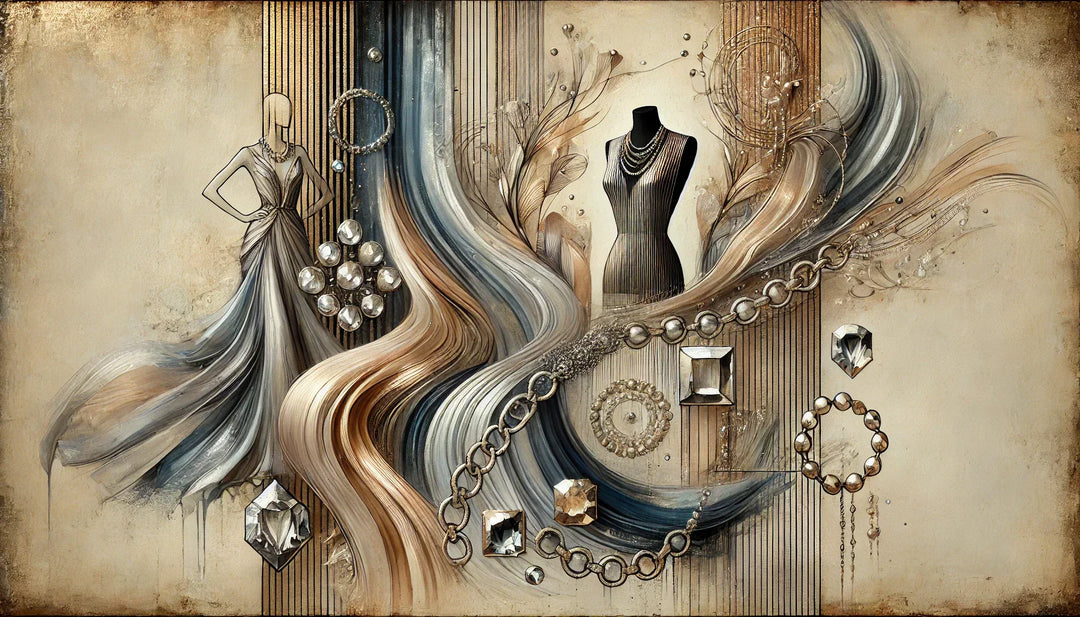
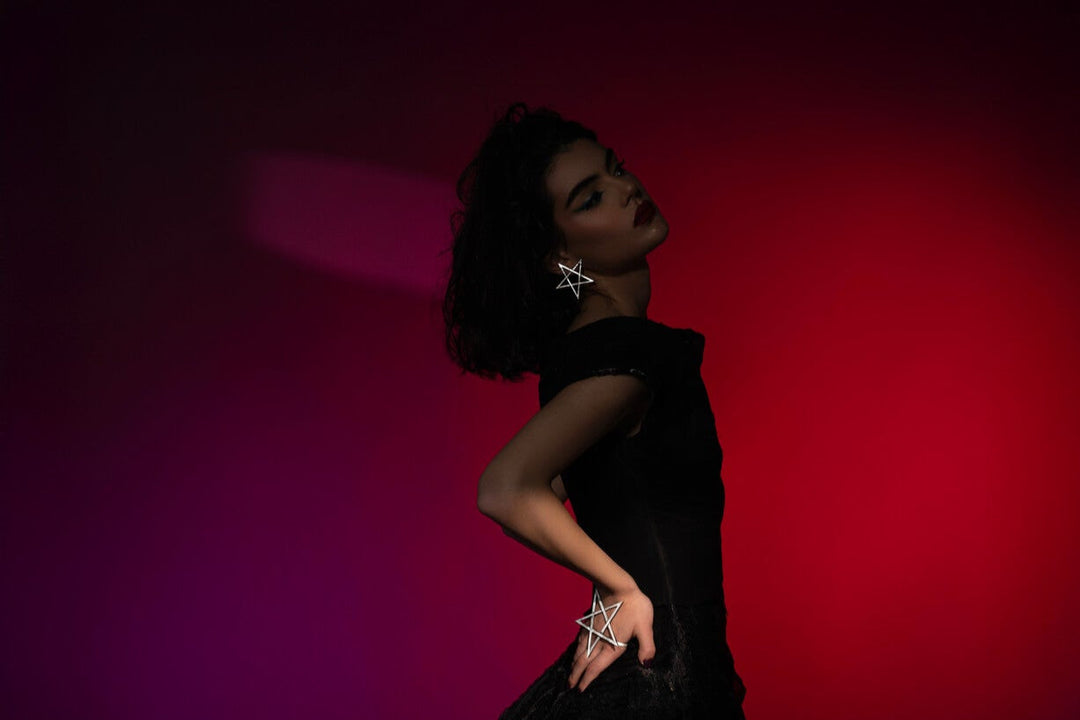



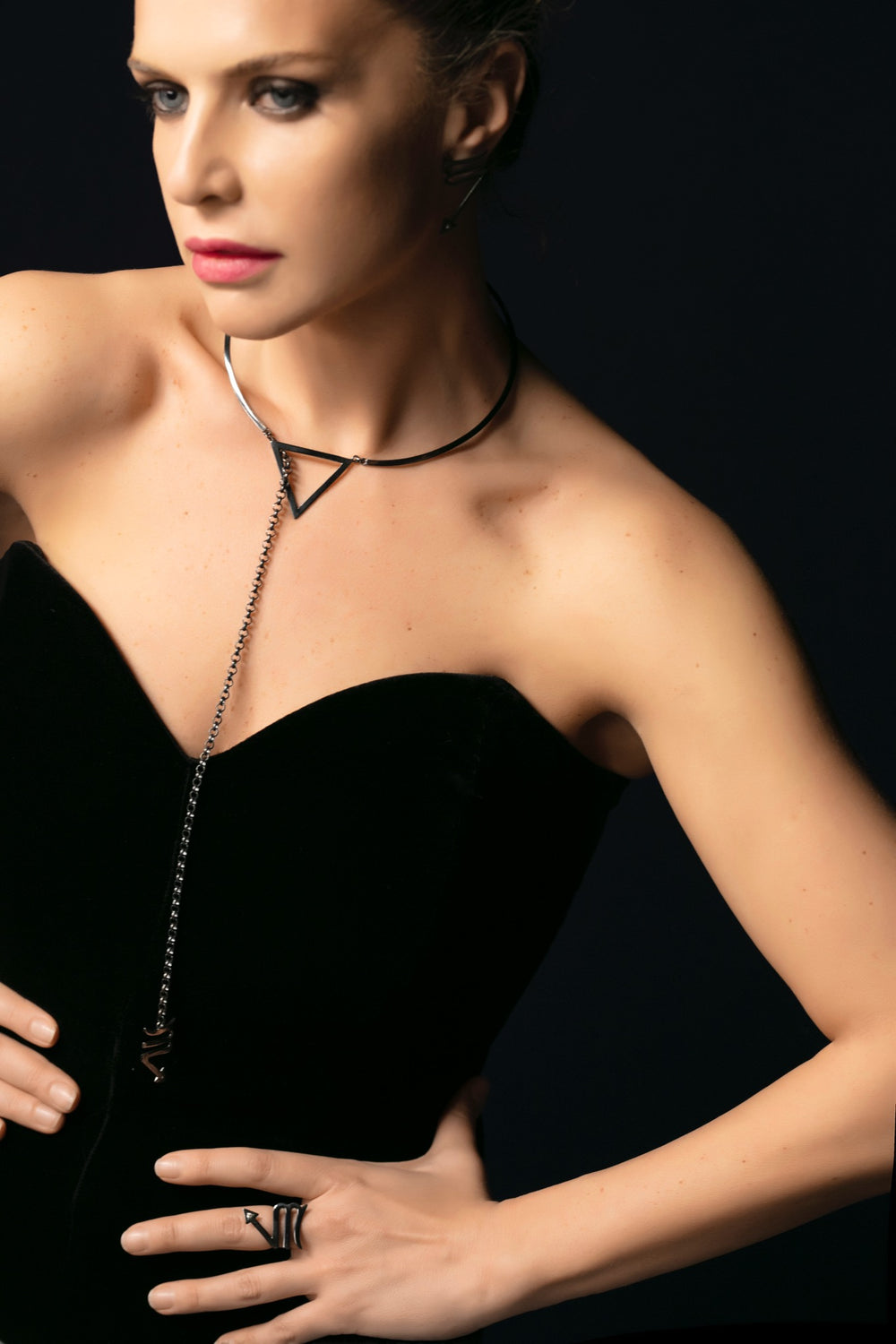
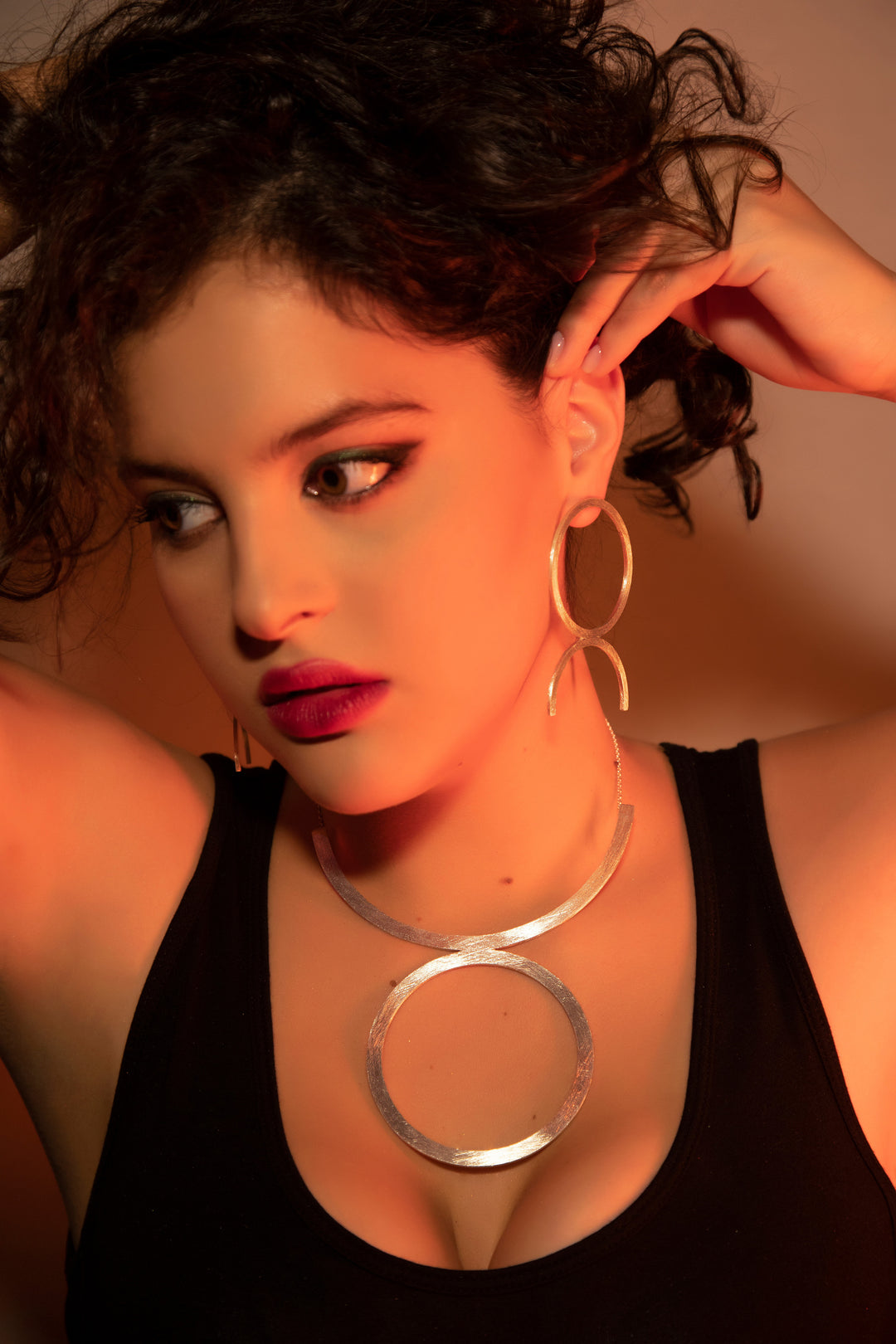

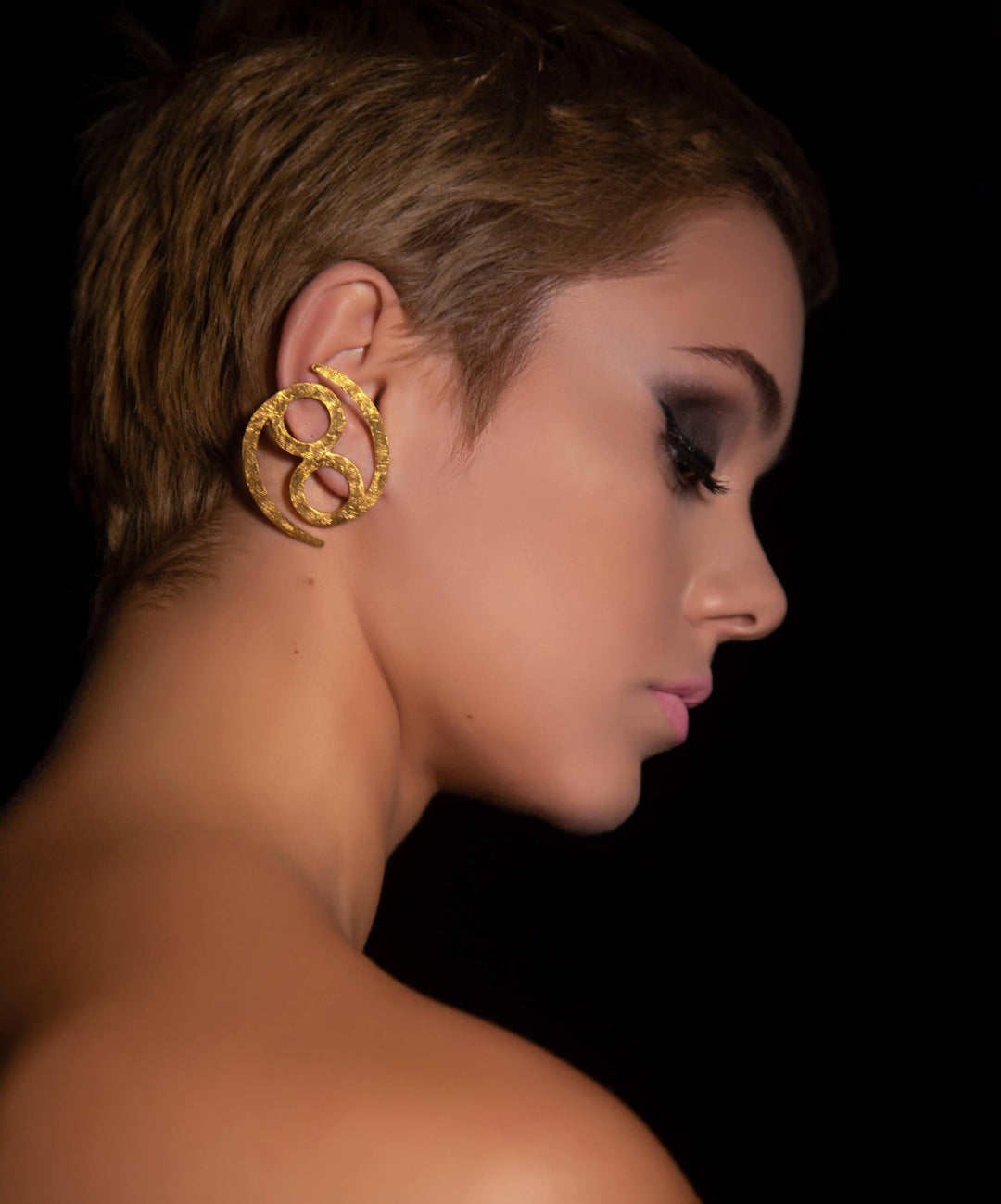




Leave a comment